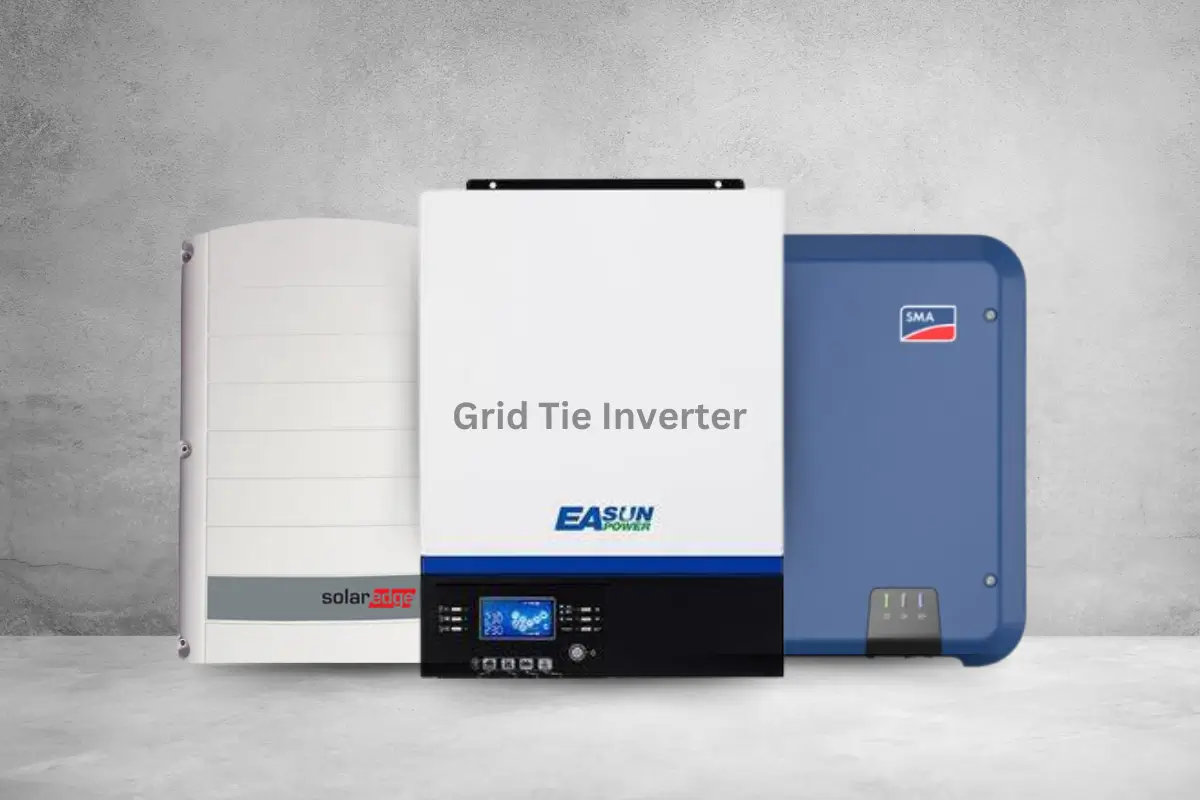In the world of renewable energy and solar power, battery-based grid tie inverters have emerged as a critical component for maximizing the efficiency and reliability of residential and commercial solar systems. These innovative devices bridge the gap between solar panels, energy storage solutions, and the electrical grid, allowing homeowners and businesses to harness the sun’s energy more effectively. In this blog, we’ll explore everything you need to know about battery-based grid tie inverters, from their benefits and operation to considerations for installation.
Understanding Battery-Based Grid Tie Inverters
Before delving into the specifics, let’s start with the basics. A battery-based grid tie inverter, also known as a hybrid inverter or a grid-interactive inverter, is a device that manages the flow of electricity between solar panels, energy storage batteries, and the electrical grid. These inverters are designed to work seamlessly with both solar photovoltaic (PV) systems and energy storage solutions, such as batteries.
Here’s How They Work
Solar Power Generation: During the day, solar panels generate direct current (DC) electricity when exposed to sunlight. This DC electricity is the primary power source for your solar system.
Inverter Conversion: The battery-based grid tie inverter plays a crucial role by converting the DC electricity produced by solar panels into alternating current (AC) electricity. AC electricity is the standard form of electricity used in homes and businesses.
Power Consumption: The AC electricity generated by the inverter can be used to power your home or business. Any excess electricity not immediately used is either stored in an energy storage battery or sent back to the electrical grid, depending on your setup.
Battery Storage: If you have an energy storage battery system in place, the inverter can charge and discharge the batteries as needed. This allows you to store excess solar energy for use during the night or during power outages.
Grid Interaction: Battery-based grid tie inverters are considered “grid-interactive,” signifying their ability to interface with the electrical grid seamlessly. When your solar system produces surplus electricity beyond your immediate requirements, and your batteries are at full capacity, any excess energy can be seamlessly supplied back to the grid. This surplus electricity can potentially earn you credits or compensation for the power you contribute to the grid.
Now that we have a fundamental understanding of how these inverters operate let’s explore the key aspects you should know about them:
Benefits of Battery-Based Grid Tie Inverters
- Energy Independence
By incorporating energy storage batteries with grid tie inverters, you can reduce your reliance on the electrical grid. This is especially valuable during power outages when your stored solar energy can keep essential appliances running. So, don’t hesitate to get the best solar inverter in Pakistan.
- Maximized Self-Consumption
Battery-based grid tie inverters give precedence to utilizing solar-generated electricity within your home or business before resorting to drawing power from the grid. This practice can result in substantial reductions in your energy bills.
- Grid Stability
These inverters can enhance grid stability by intelligently managing the flow of electricity between your system, the grid, and your batteries. They can also provide backup power to the grid during peak demand periods, reducing strain on the grid infrastructure.
- Environmental Impact
By maximizing solar energy utilization and reducing reliance on fossil fuels, battery-based grid tie inverters contribute to a greener and more sustainable energy future.
- Financial Incentives
In some regions, you may be eligible for financial incentives, rebates, or net metering programs that can offset the cost of installing these systems.
Considerations For Battery-Based Grid Tie Inverter Installation
Several vital considerations come into play when installing a battery-based grid tie inverter. To begin, precise system sizing is paramount, aligning your solar panel array, inverter, and battery capacity with your energy demands to optimize efficiency. Selecting the appropriate energy storage batteries is equally critical, considering factors like capacity, cycle life, and compatibility with your chosen inverter. Investing in a top-quality, reputable inverter is non-negotiable, as the inverter plays a pivotal role in your system’s overall performance.
Moreover, entrusting the installation to a licensed and experienced solar professional is essential, given the intricate electrical work involved and the need for compliance with local regulations. Lastly, ensuring a robust monitoring system, regular maintenance, compliance with local regulations, and choosing a backup-capable inverter with a solid plan for outages are crucial for system reliability and peace of mind.
Check: All About Currently ATT Yahoo Mail
Wrapping Up
Battery-based grid tie inverters are the linchpin of modern solar power systems, offering a seamless way to integrate solar energy generation, storage, and grid connectivity. By understanding their operation, benefits, and installation considerations, you can make informed decisions to harness the full potential of solar energy while enhancing your energy independence and environmental sustainability.
As the world continues to transition towards cleaner and more efficient energy solutions, these innovative inverters play a vital role in shaping the future of renewable energy. When it comes to getting the best battery for solar in Pakistan or buying a Hybrid solar inverter, we would advise you to choose a reliable and trusted company like Livoltek.
